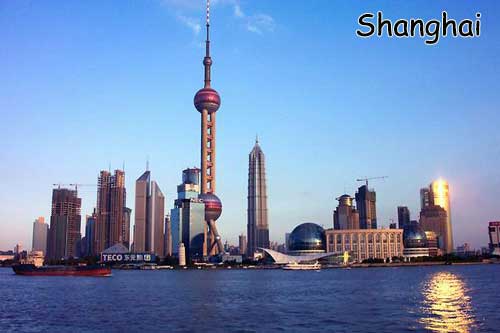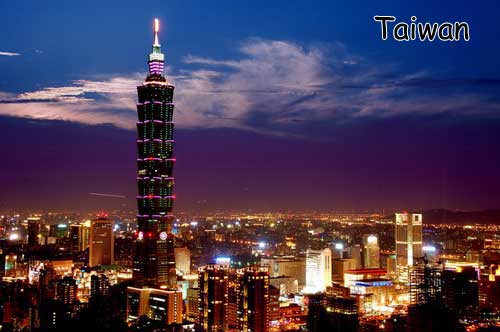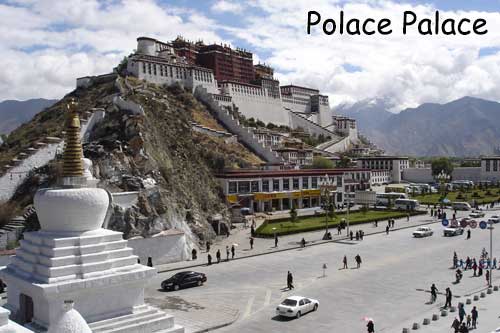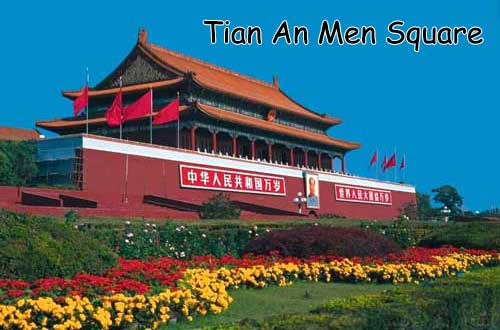From 2070 B.C. when the very first dynasty Xia appeared to when the establishment of the People’s Republic of China in 1949, this great land has been suffered a lot of alternations of separation and unification, wars and peace. China, one of the oldest civilization in the world, is like an experienced person with many stories. Started in 2070 B.C., and ended in 1911 –from Xia Dynasty to Qing Dynasty–is considered as ancient China. During that time, Qin and Tang Dynasty probably are more recognized out of all the marvelous ones. Qin (221 B.C.-206 B.C.) was the first imperial dynasty of China, and it was honored by the Great Wall, the Terracotta Army or “the Terra-Cotta Warriors and Horses”, together with his own mausoleum. Tang Dynasty (618 B.C. to 907 B.C.), also known as the Golden Age, is famous for its porcelain, poetry, and prosperity. Additionally, the Four Great Inventions—papermaking, gunpowder, compass and printing techniques—are another remarkable achievement in Chinese history. In 1840, China was reduced to a semi-colonial and semi-feudal country since the first Opium War. Yet the Revolution of 1911, led by Dr. Sun Yat-sen, ended the rule of the Qing Dynasty. Then the Republic of China began from 1912-1949. Later, Chairman Mao founded the People’s Republic of China in 1949, China has entered a new Communist era of stability, with the Reform and Opening Up policies of 1978, bringing in China’s phenomenal economic growth. As of 2014, China has 34 provincial-level administrative units: 23 provinces, 4 municipalities (Beijing, Tianjin, Shanghai, Chongqing), 5 autonomous regions (Guangxi, Inner Mongolia, Tibet, Ningxia, Xinjiang) and 2 special administrative regions (Hong Kong, Macau).
China is the third largest nation in the world, shaped like a rooster and spanning about 50 degrees of latitude and 62 degrees of longitude. This country has a wide diversity in terms of geography. From the eastern plains to the plateau in west, the land is ascending from sea level to the highest mountain in the world. From the unparalleled richness of ancient species in forest of Taiwan, to the sunny beach of Hainan, to the boundless grassland of Inner Mongolia, to the savage beauty of The Loess Plateau, to the peculiar-looking rocks in Anhui and Yunnan, to the unpopulated dessert areas of Xinjiang, and to the lakes and snow-capped mountains in Tibet. Not only the beautiful natural scenery, but the people, ethnic architecture and many other things have provided the citizens and visitors so much great experience while travelling here.
Shanghai, Taiwan, Potala Palace, Tian An Men Square, Terraced Field







